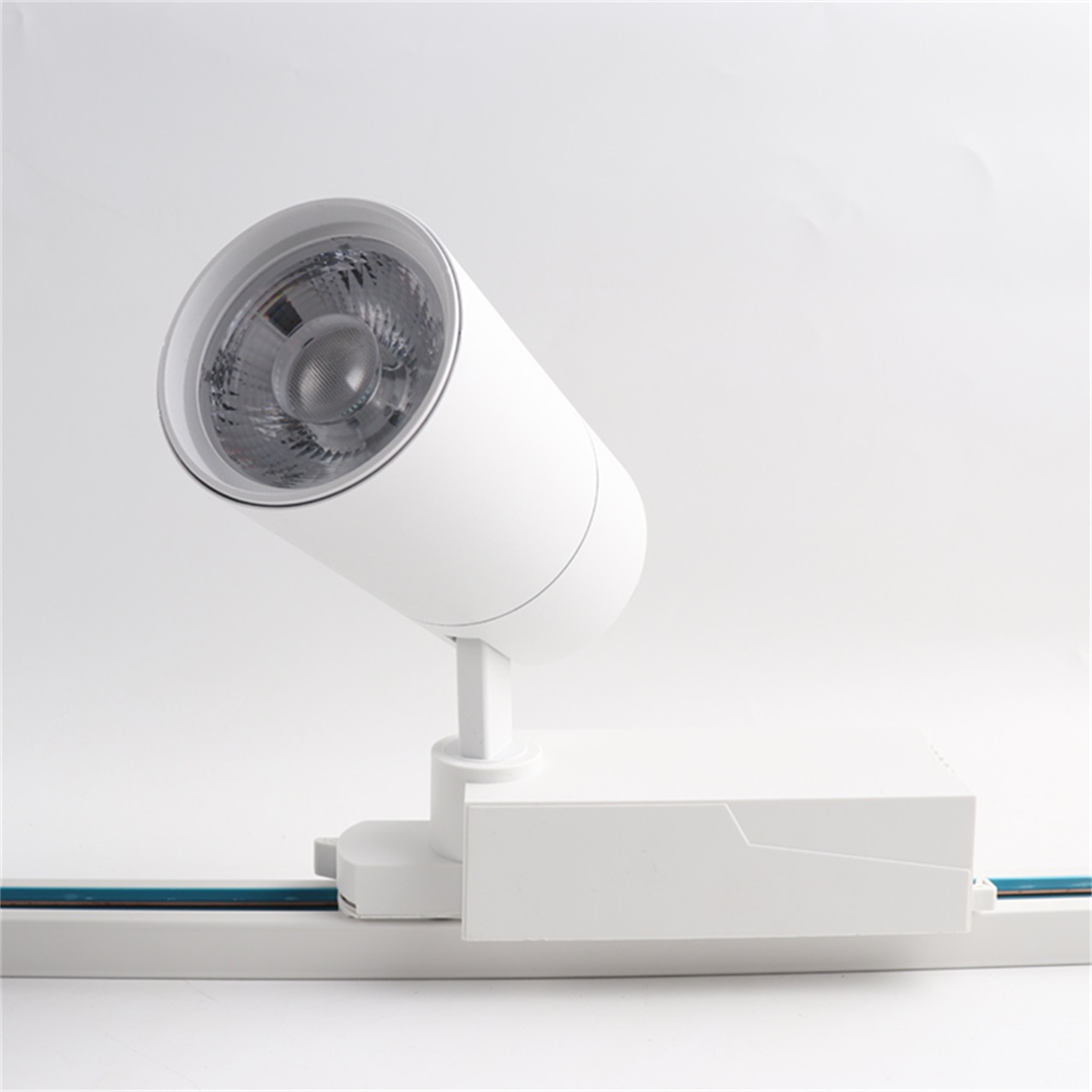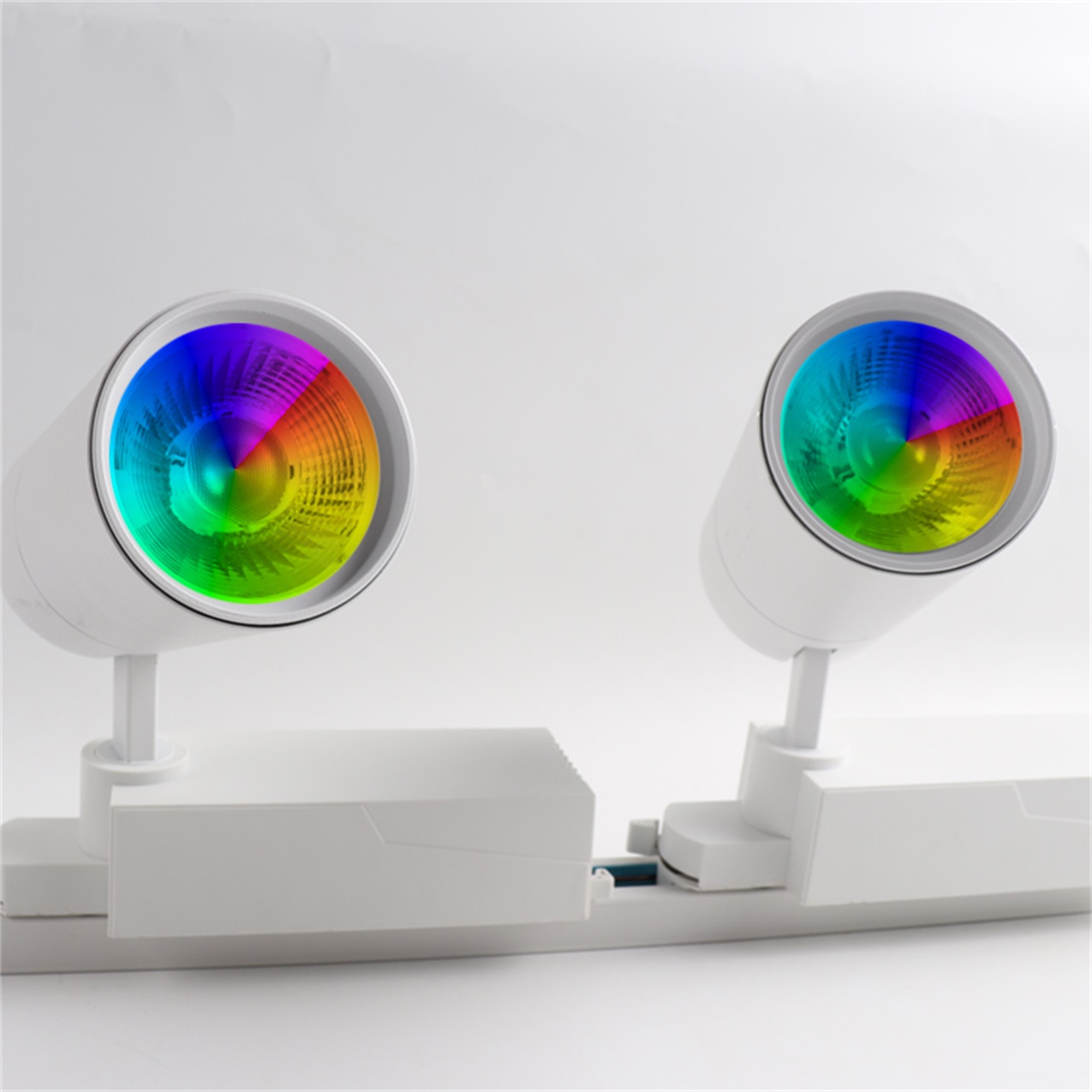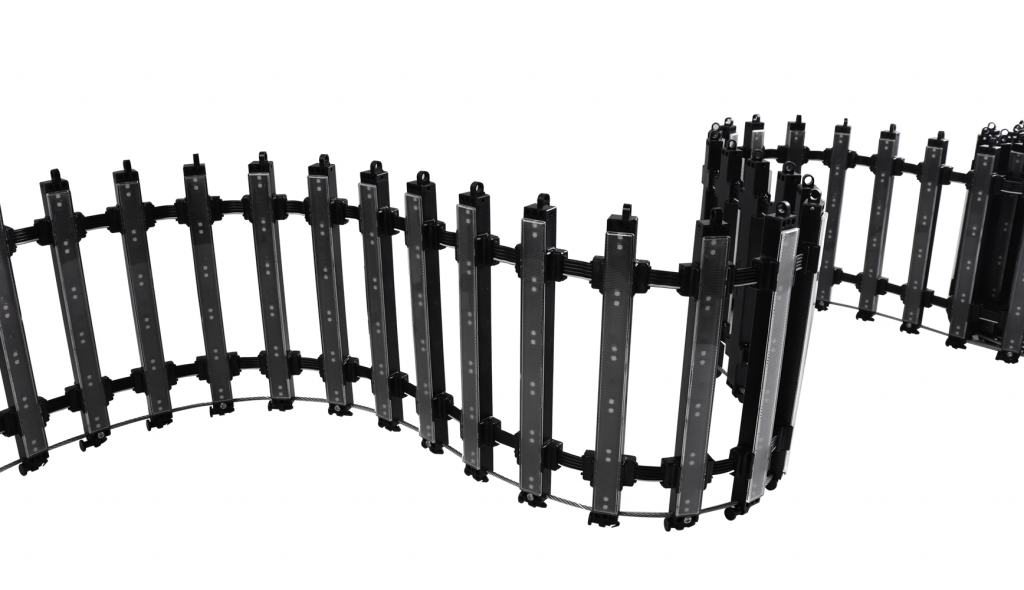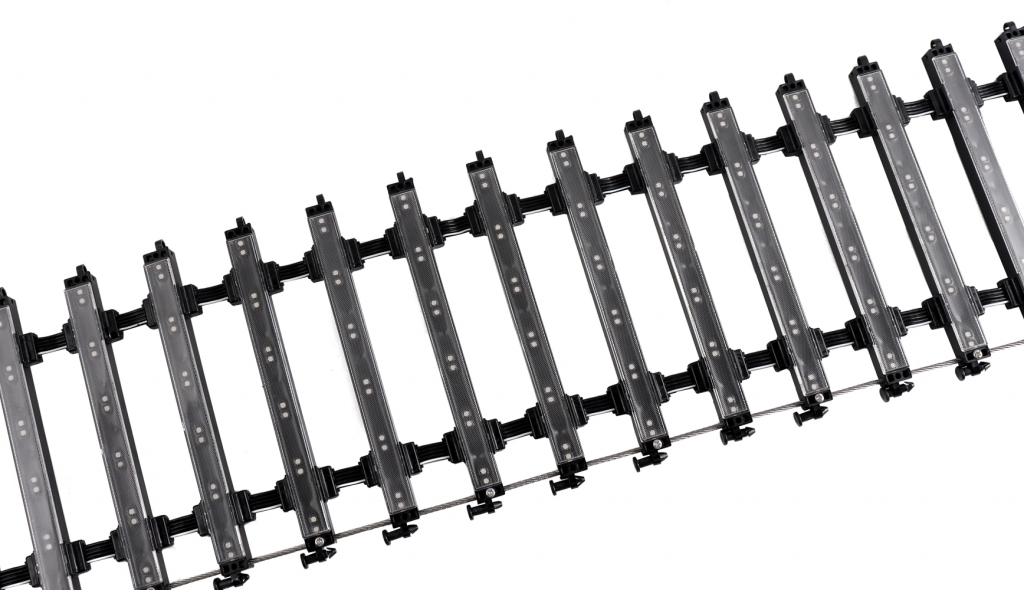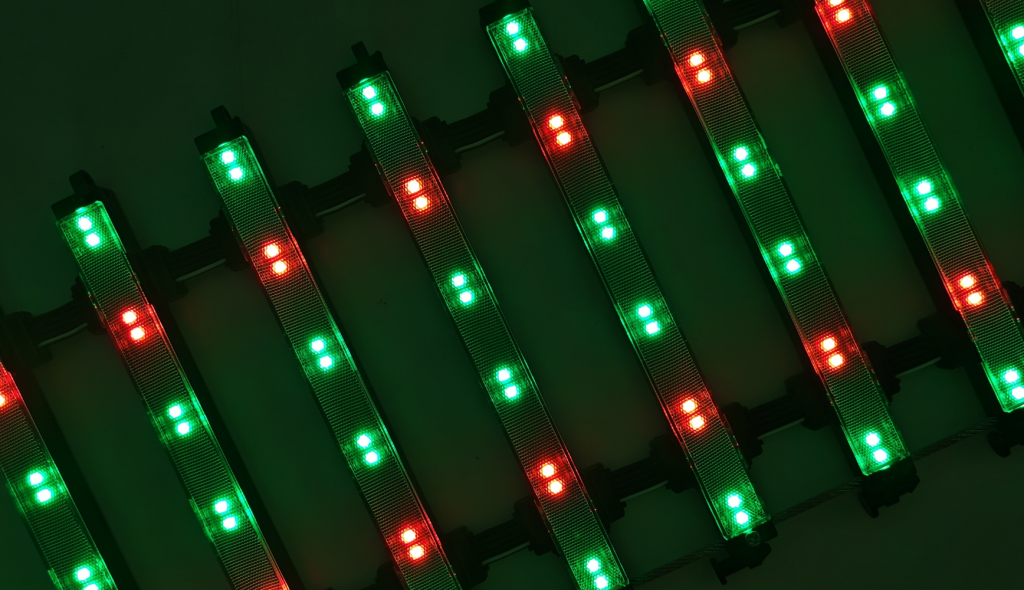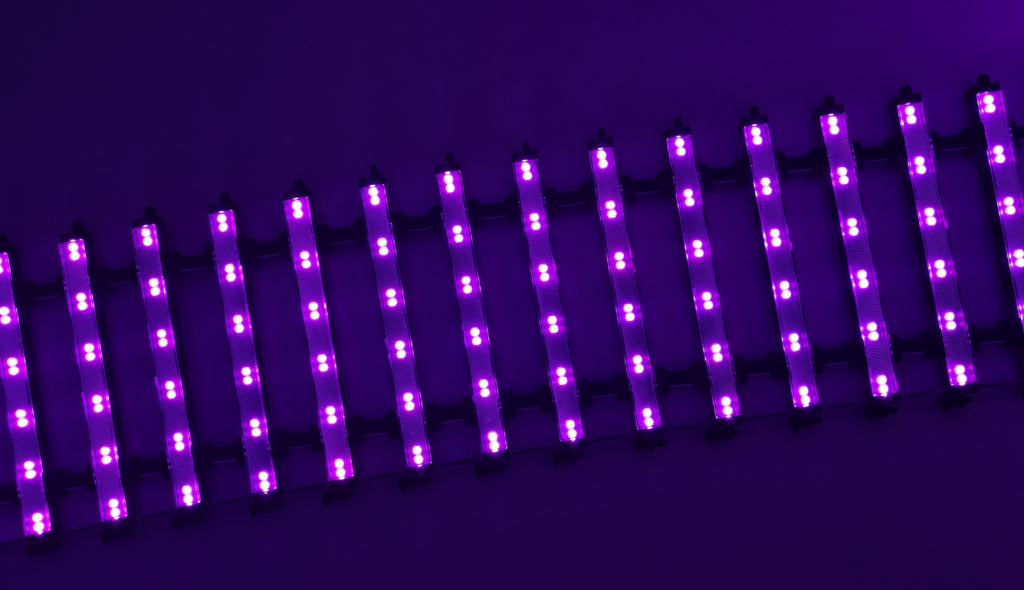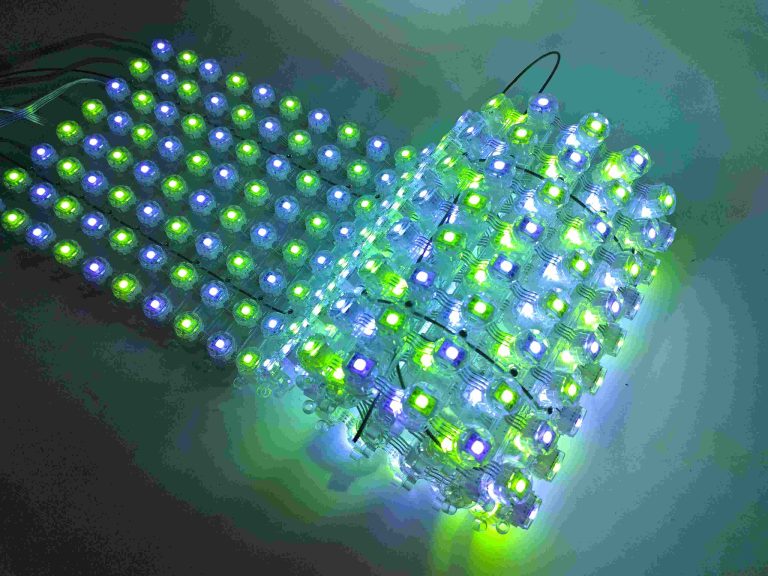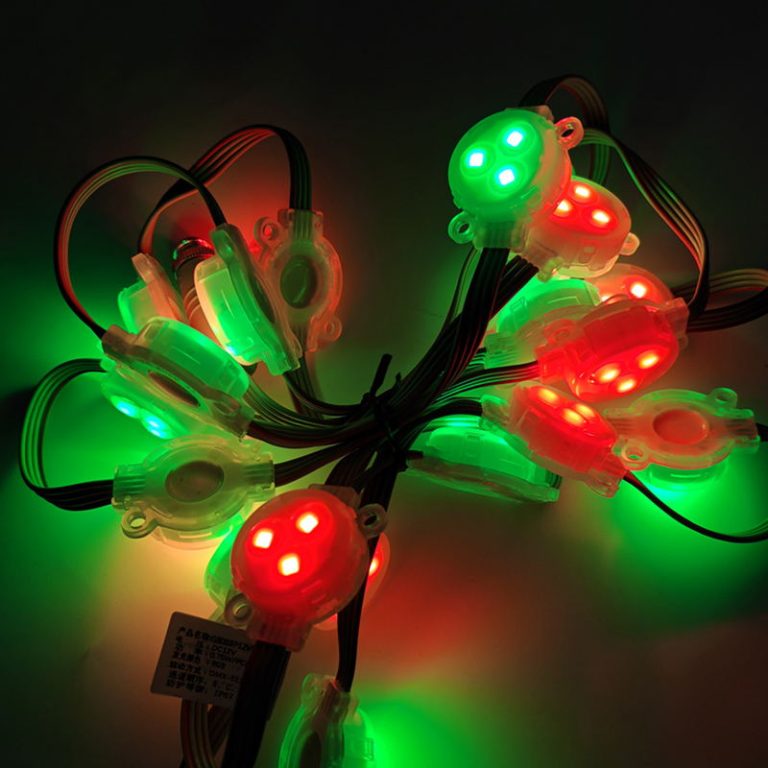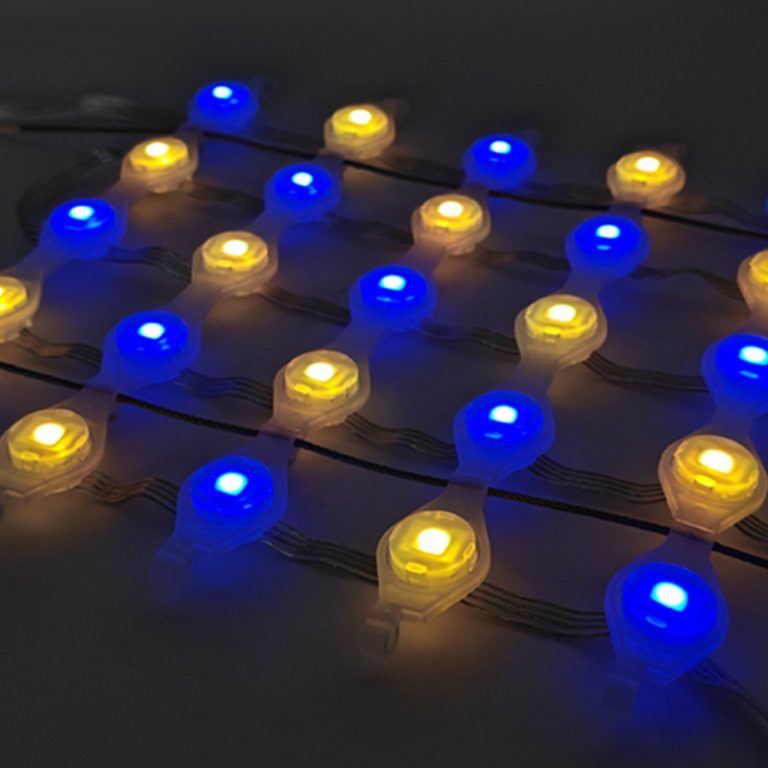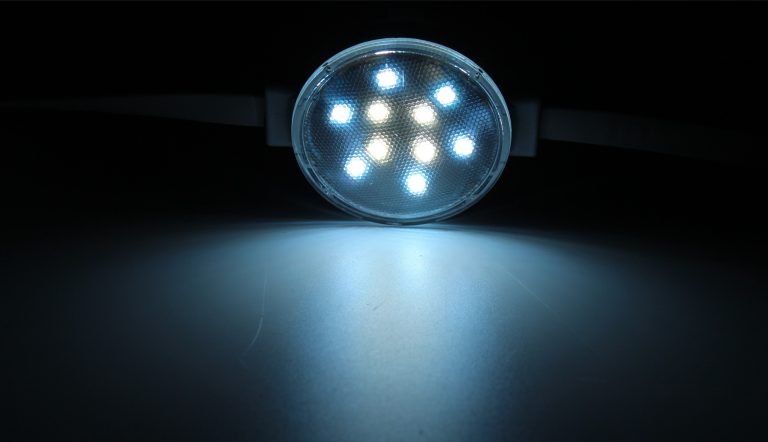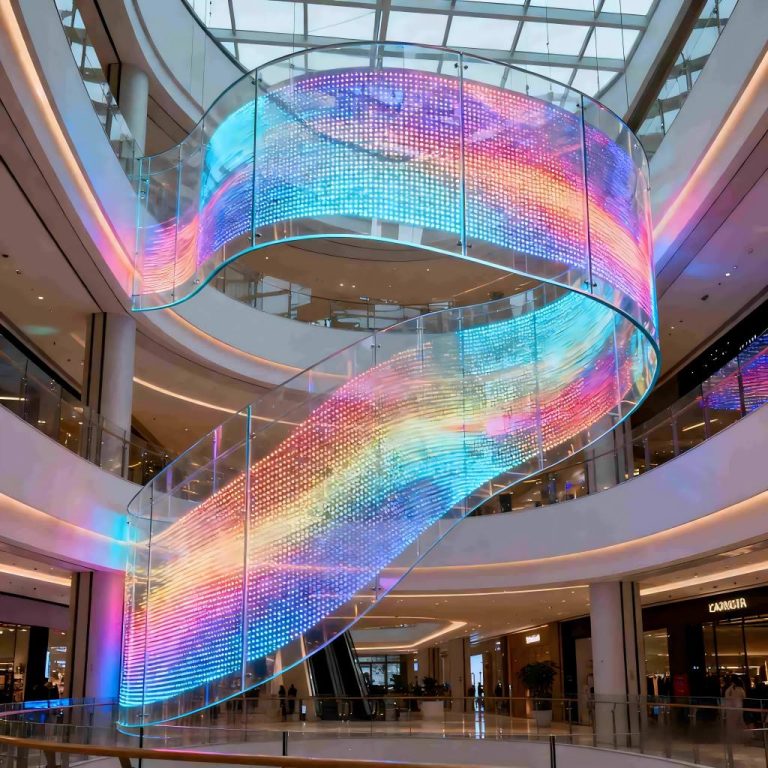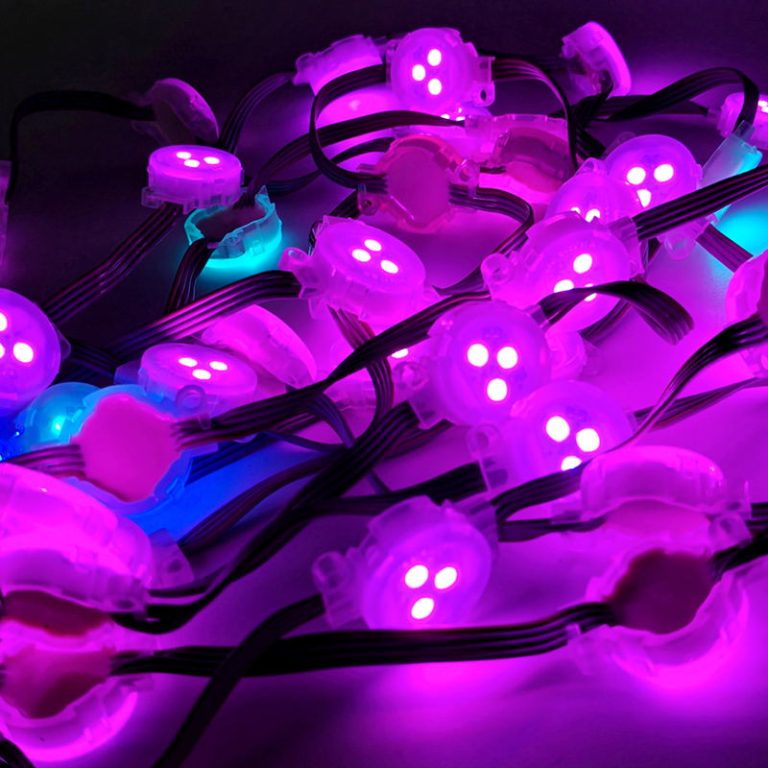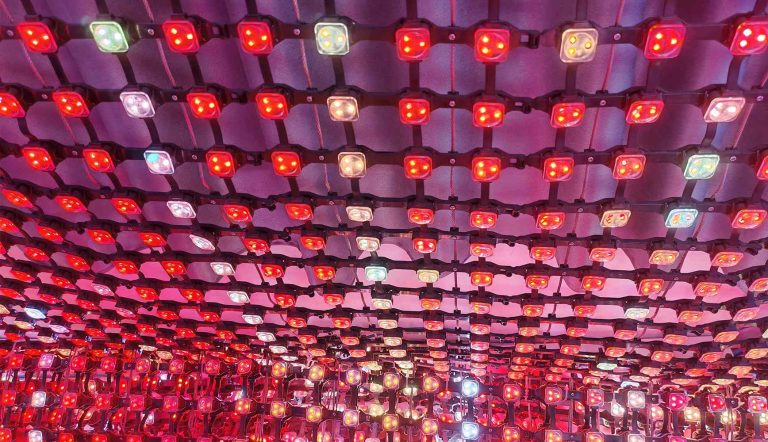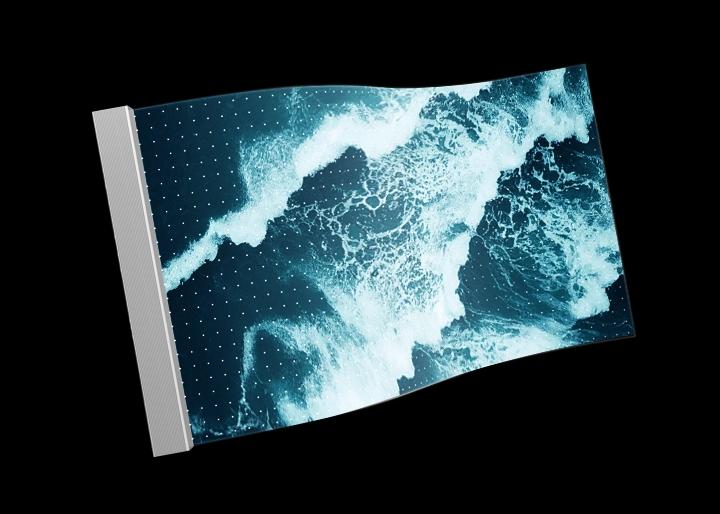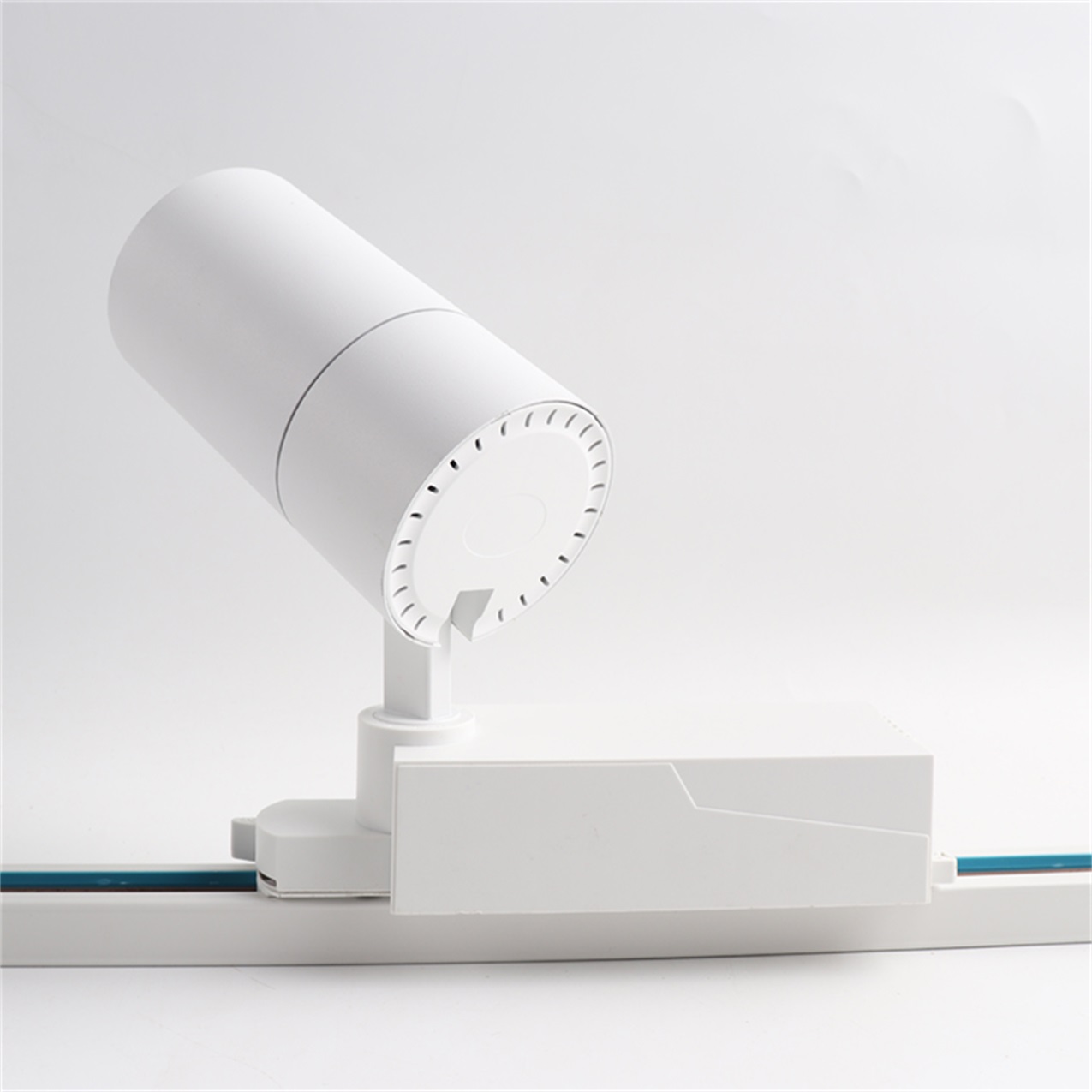
Choosing the Right Track Lights for Your Art Display
Factors to Consider When Selecting Track Lights
There are a few things that you need to make sure about before finalizing your choice of track lights when it comes to art displays. Now, the kind of type of glow source matters wee little. LED point lights make up another commonly used type of point light that is great for its low power consumption, durability, and wide beam dispersion. These lights are extremely high in brightness and maintain stability, making LED point lights great at bringing personality and high detail to artwork. Their design also provides an amount of flexible installation that is necessary to accommodate various art display setups.
Besides this, another tip is to consider the color temperature of the lighting. Neutral white light, typically between 4000K to 5000K is often recommended for art displays as this will reproduce colors quite closely to their reality and not distort the artwork colors. You can also benefit from using dimmable track lights since they give you the option of lowering the tone for special pieces or for the surrounding environment.
Pick its style and design to the aesthetic of the space. Modern LED systems like those by Xinhe Optoelectronics nowadays incorporate both functional elements and stylistic design in the famous modern “Bean” series products, making them perfect for not only a more modern setup but traditional as well. These products offer benefits such as high transparency and presentable shapes to enable them to meld in with artistic themes.
Matching Track Light Styles with Artistic Themes
Light-Up Art: Many art displays are done around a theme or style, and if the lighting is done badly, it may take away from what the art is presenting visually. For example, minimalist art is complemented by clean and inconspicuous lighting that directs your view only to the artwork. On the flip side, dramatic and colorful elements could need track lighting that is adjustable to create shadows or highlights.
LED point light technology has so much flexibility that it lends itself to be a perfect solution for a variety of artistic themes. The grid screens produced by Xinhe Optoelectronics and flexible transparent screens are both unique in providing visual experience methods, etc. These items can be customized around curves or strange shapes, giving curators more control over their displays.
Optimizing Placement and Angles for Maximum Impact
Techniques for Positioning Track Lights on Art Pieces
With track lights, proper positioning of each fixture ensures that no fixture is shining in a way that will attract shadow or glare from the perspective of the viewer, which prevents the art from being appreciated properly console. A popular approach is to use two angled lights placed 30 from the artwork. This angle reduces reflections and distributes light evenly on the surface. Minimizes reflections and evenly fills out the surface with light at this angle.
If you’re working in a larger installation space or you have multiple pieces in the gallery, you can find adjustable LED point lights and aim them at areas so they don’t overlap. Solutions such as Xinhe Optoelectronics LED crystal truss screens, which can be arranged to emphasize individual pieces or generate atmospheric visual effects over a wider area, are particularly versatile.
Creating Depth and Dimension Through Strategic Light Angles
Light angles can be used strategically to create a sense of depth in two-dimensional works of art or to highlight the surface attributes of a three-dimensional form. Curators can highlight textures and details that otherwise might be missed through the use of directional lighting, like side lighting or backlighting. Through the strategic use of directional lighting—either side light or backlight—curators can accentuate texture and detail that would be invisible otherwise.
LED point lights are ideal for this application thanks to their accuracy in beam characteristics and evenness of light distribution. The high-precision optical prism technology developed by Xinhe Optoelectronics effectively increases color purity and provides uniform illumination at any angle. These characteristics make them suitable for designing moving visuals for their spectators. This adaptability makes them perfect for stylizing VFX that entices an audience.
Exploring LED Point Light Technology in Art Displays
Advantages of LED Point Lights for Artwork Illumination
There are many benefits to using LED point lights instead of traditional options in creating art displays. They’re energy-efficient, which lowers overhead costs, and they’re very durable, so they require little maintenance throughout their lifespan. Moreover, LEDs produce less heat than incandescent, protecting sensitive art from the risk of damage due to high temperatures. In addition, LEDs produce less heat than incandescent bulbs, which reduces the risk of damage to sensitive artwork from too much heat.
Combined with their durability, these make Xinhe Optoelectronics LED products even more applicable in tough settings like outdoor installations or high-traffic galleries. With high IP67 protection grades, these lights are dust-water-resistant and impact-resistant—their rugged reliability is guaranteed under all sorts of environmental conditions. Featuring protection grades of up to IP67, these lights are resistant to dust, water, and impact as well—even during extreme conditions.
One of the biggest advantages, however, is the option of controlling the colors with ease through a control system, such as a DMX512. It also enables curators to sequence or sync lighting to video, new media, and other interactive elements to create dynamic events in the exhibition space. It opens a host of possibilities, including a tool that lets curators program sequences that also personalize their content (and aesthetics) by interacting with multimedia elements to synchronize lighting in art exhibitions with exhibition capabilities.
Innovations in LED Technology for Enhanced Aesthetic Appeal
Advancements in LED technology The past few years have opened up even more scenarios for art display lighting. One of these is flexible transparent displays, which deliver high levels of brightness in structures that are, for all intents and purposes, basically invisible. Conventional opaque glass screens can only let in roughly 78% of visible light, while the new flexible transparent screens from Xinhe Optoelectronics maintain a permeability of up to 95%, making them a great option for modern galleries that want a solution that will not only work but also get out of the way for the most part.
There are some more innovations: micro-hole heat dissipation technology and multi-directional signal backup chips, both of which improve performance reliability without compromising aesthetics. Such features allow curators to work with outside-the-box setups without losing quality or safety. These functionalities allow curators to play around with different, unconventional setups and test their limits, but without actually compromising on quality or safety.
Xinhe Optoelectronics is committed to exploring new areas of art space lighting. Each project is delivered at its best due to their commitment to quality assurance and customer satisfaction. With a focus on quality assurance and customer satisfaction, they have crafted every project to reach its highest potential.
FAQ
Q: What environmental benefits do LED point lights provide?
A: LED point lights are a long-lasting energy energy-efficient solution to more traditional lighting forms while lowering your carbon footprint and being environmentally responsible. When compared with traditional neon light products, Xinhe Optoelectronics LED solutions have slowly become the mainstream solution in architectural landscapes with its better performance over time they add. These lights reduce total energy consumption by consuming less electricity but offering high brightness.
LED lighting also creates a small amount of heat compared to incandescent, reducing cooling in the case of enclosed spaces. Not to mention, their long lifespan further reduces the amount of waste created by replacing them so much. Xinhe Optoelectronics has a consistent focus on innovating, and it shows–for instance, its micro-hole heat dissipation tech promotes an improved combination of efficiency and durability. Recent innovations from Xinhe Optoelectronics include micro-hole heat dissipation technology, which greatly improves the efficiency and longevity of solar panels.
Q: How does the lifespan of LED point lights compare to conventional lighting?
A: LED point lighting lasts far more than conventional lighting like incandescent or fluorescent bulbs. Ordinary light bulbs can last 1,000 to 10,000 hours depending on usage conditions, while high-quality LEDs, such as those produced by Xinhe Optoelectronics, can last more than 30,000 hours. Traditional bulbs can last anywhere from 1,000 to 10,000 hours, depending on the conditions in which they are used; however, quality LEDs, such as those made by Xinhe Optoelectronics, can last for over 30,000 hours.
This extended lifespan is attributed to features such as self-heat dissipation mechanisms found in Xinhe Optoelectronics products. By effectively managing heat generation during operation, these designs prevent premature degradation of components.
In addition to this, LEDs do not suffer from light decay — an endemic problem for older technologies — and will stay bright for the duration of their lifecycle. Their dependability makes them ideal for both indoor artistry and rigorous outdoor applications, relying on steady light sources. This feature guarantees they are great for art displays indoors or outdoors, for the more extreme applications in which the light needs to remain brilliant.
However, such systems can obtain a substantial advantage by using efficient track lighting solutions that contain features that can protect track luminaire to avoid its common breakdowns as Xinhe Optoelectronics.

